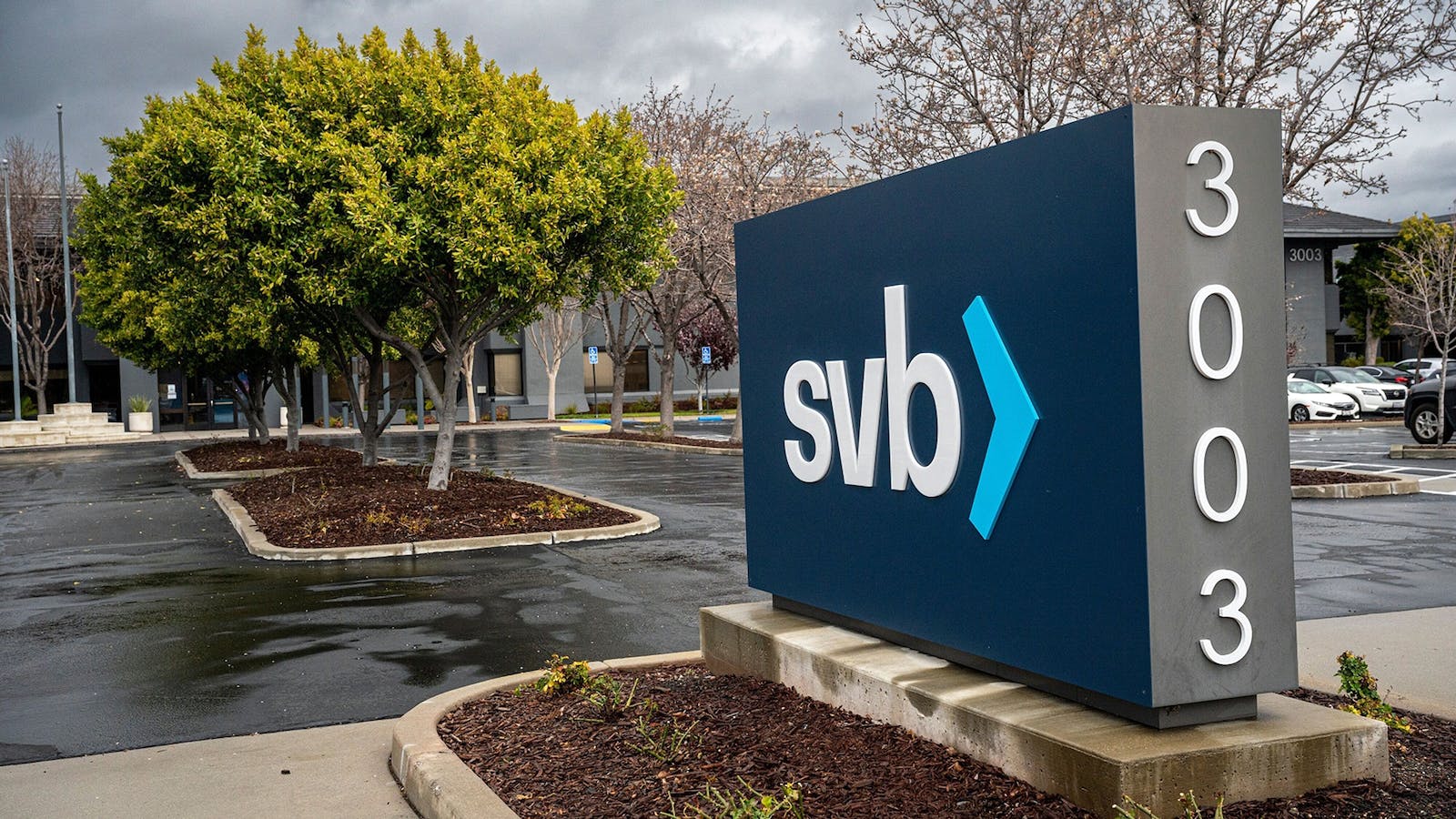Ever hear the saying “Don’t put all your eggs in one basket?” This age-old metaphor for diversifying your choices in life can apply to so many situations, especially in the world of finance. When it comes to your money, there is no safer strategy than diversifying your portfolio. The principle of diversification is simply not putting all of your money into one specific account, or fund, or investment. By doing this, you are protecting yourself against future loss, while also increasing the chances of making a little extra. All that, depending on where your funds are held of course. The recent collapse of Silicon Valley Bank was inevitable, but also preventable had they followed that old adage.
So why on earth, would a bank with such largely wealthy clients pay Russian Roulette with their patron’s funds? Well, the answer is not so simple, but the conclusion may have been foretold as much as a year ahead of the collapse of SVB. The Federal Reserve had been eyeballing the practices of SVB for more than a year before its collapse. Back in 2021, The Fed raised concerns over how the bank was handling major risk factors. The biggest was their inability to carry enough liquid cash to tap into should they ever run into trouble.
Even after the Fed raised these concerns, SVB remained passive, ignoring six separate citations issued by the San Francisco Federal Reserve. Their continued inaction resulted in a full supervisory review in July 2022 and even more scrutiny of their business practices. Through this review, regulators discovered just how bad of a situation Silicon Valley Bank would eventually find itself in.
The bank had been using poor intelligence to help leaders determine how they would fare against rising rates and inflation. Bank leaders were somehow under the impression that the rising rates would dramatically help their business — despite the fact that they had invested in long-term debt that lost value as rates went up. In addition to that, a staggering 97 percent of its deposits were uninsured, which means if there were losses by the bank, there would be no way for depositors to recover their funds.
Once the bank’s stocks began to tank, depositors started to withdraw their funds en mass, in what’s called a “bank run” which forced SVB to sell off their long-term debt at a loss to try to make up for the massive amounts of money leaving the bank. By the time that plan was enacted, it was too late. Regulators will now be faced with figuring out exactly how SVB was allowed to continue to operate “business as usual” despite so many concerns being raised.
The failure of SVB will undoubtedly cause congress and regulators alike to push for even stricter bank regulations, and perhaps even more oversight to prevent this from happening again in the future.




